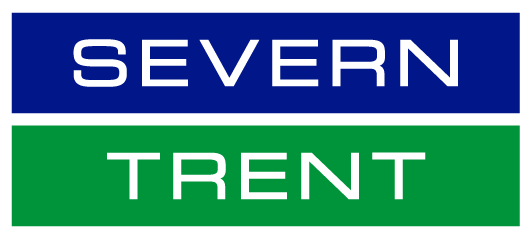In our Asset Intelligence & Innovation strategy document we explain:
Our Approach
We want to solve the challenges we have today as well as find answers to some of our industry’s bigger long-term challenges. By managing risks, keeping the financials in check and prioritising sustainability, we can address some of our key operational issues and long-term strategic challenges, such as our commitment to our Triple Carbon Pledge and achieving net zero carbon emissions by 2030.
Our short-term areas of innovation focus include:
Do you have an innovative idea and would like to collaborate with us?
We believe that collaborating with others is a vital part of innovation.
We would welcome technology providers and partners to work with us on the innovation challenges we have described. If you’ve got ideas or solutions that meet our challenges please share them with us. If it’s got promise, we could collaborate on the idea with you to make it a reality.
Our Innovation Eco-system
Our Focus Areas
Our Net Zero Hub
The water sector has a significant environmental impact, and we're taking a pioneering role in reducing greenhouse gas emissions.
We've built the world's first net zero wastewater treatment hub, to demonstrate innovative solutions and share our learnings with others. Here we explore the challenges and opportunities of wastewater treatment, our approach to achieving net zero, and the valuable knowledge we've gained along the way.
Explore the exciting initiatives underway at the Net Zero Hub and discover how we're leading the water industry towards a sustainable future.
Our Zero Spills Hub
Our customers have told us that the environmental impact of spills is one of their top concerns.
Therefore, we need to make a step change in performance. In addition to delivering against our performance targets, we believe that we should aim to go beyond our obligations, and that’s why we are building the Zero Spills Hub where we will trial the combined power of Artificial Intelligence, network optimization, separation, and treatment solutions and innovative alternatives that deliver better outcomes for our customers and the environment.
Severn Trent’s urban wastewater strategy
We're piloting new wastewater treatment solutions at two key sites.
Spiral, a complex treatment plant, tests innovations due to its varied influent. The Resource Recovery Innovation Centre (R2IC) is a unique facility allowing scaled testing of these technologies in a safe environment. One pilot program is an anaerobic membrane bioreactor (AMBR) with the potential to drastically cut energy use.
We see wastewater plants becoming resource centers thanks to AMBRs and other innovations, producing clean water, capturing nutrients, and reducing emissions. The R2IC is vital in developing and testing these promising new technologies.
